European Christmas markets, with their twinkling lights and festive ambiance, epitomize holiday cheer. Each market offers a unique blend of tradition, culture, and festive merriment. Here’s a detailed look at the best European cities for Christmas markets, focusing on unique attractions, affordable options, and romantic and family-friendly experiences.
Itinerary for a European Christmas Market Tour
You could potentially drive to all of these Christmas markets, making it a scenic and flexible winter road trip through Central Europe. Starting in Frankfurt, Germany, a major international hub, you can loop through Metz, Strasbourg, Trier, Salzburg, Vienna, Bratislava, and Budapest, covering around 1,500 miles (2,400 km) over 12 days. The full route takes about 24–28 hours of driving time total, depending on detours and traffic. Ending your trip in Budapest, you can either return the car there or loop back to Frankfurt with an optional stop in Colmar or Luxembourg. Renting a car allows you to visit smaller markets and explore the countryside between major cities at your own pace.
- Metz
- Strasbourg
- Trier (day trip from Strasbourg or en route)
- Colmar (could be a half-day trip from Strasbourg)
- Budapest
- Bonus: Bratislava (Day trip, or overnight stay)
- Vienna
- Salzburg
Vienna: Imperial Elegance in Festivity
Vienna’s Christmas markets are some of the most beautiful in Europe, set against baroque architecture and filled with traditional food, crafts, and music. While prices can be higher than in other cities, the experience matches the setting: elegant and festive.
Top Markets in Vienna
-
- Rathausplatz (City Hall Market): The biggest and most famous. Over 150 stalls, a large ice skating rink, and plenty of Glühwein, roasted chestnuts, and gifts. This one gets crowded but is worth a visit for the lights alone.
- Belvedere Palace Christmas Village: Smaller and more relaxed, with a scenic palace backdrop. Focuses on classic crafts and gourmet food. Great for photos and quieter moments.
- Spittelberg Market: Set in narrow cobblestone streets near the Museums Quartier. Known for handmade goods and a more local feel. Best spot for browsing unique gifts.
- Schönbrunn Palace Market: Set in front of the imperial palace, this market offers a mix of food and crafts in a dramatic setting. Stick around after sunset when the lights turn on across the grounds.
- Altwiener Christkindlmarkt (Freyung Square): This one leans traditional: folk art, old-style ornaments, and organic foods. It’s near St. Stephen’s Cathedral, making it easy to add to a sightseeing day.
Salzburg: Mozart’s Winter Wonderland
Salzburg combines holiday charm with music and history. As Mozart’s hometown, the city adds a cultural twist to the Christmas market experience.
What to Expect
-
- Live music and performances: Choirs and small ensembles often perform in the city’s historic squares.
- Traditional crafts: Hand-painted ornaments, carved wood figures, and nativity scenes are easy to find.
- Food favorites: Try a warm Mozartkugel (chocolate-marzipan candy), Lebkuchen (gingerbread), and a cup of Glühwein.
Market Highlights
The main market in Cathedral Square is the oldest and most popular. Smaller markets like the Mirabell Palace market offer fewer crowds and a quieter setting.
Good to Know
Prices are moderate, less than Vienna but more than smaller towns. Most stalls accept cash only, and weekdays are less crowded.
Trier: Germany’s Oldest City in Festive Glory
Trier’s Christmas market sits in the middle of Germany’s oldest city, surrounded by Roman ruins and medieval buildings. It’s a good choice for travelers who want a festive setting with fewer crowds and fair prices.
Why Go
- Historic setting: The market takes place in the main square, near the cathedral and Porta Nigra.
- Local Glühwein: Made with Moselle Valley wine: hot, spiced, and regional.
- Traditional goods: Wooden ornaments, beeswax candles, and small handmade gifts.
Food to Try
- Reibekuchen (crispy potato pancakes with applesauce)
- Bratwurst from local butchers
- Christmas cookies and roasted nuts
Extra Highlights
- Occasional medieval performances and guided history tours
- Family-friendly with a calmer pace than big-city markets
Strasbourg: The Capital of Christmas
Strasbourg is called the “Capital of Christmas” for a reason. Its Christkindelsmärik dates back to 1570, making it one of the oldest holiday markets in Europe. Expect a mix of historic charm and festive energy, especially around the massive Christmas tree in Place Kléber.
What Stands Out
- Old-world setting: Half-timbered houses, cobbled streets, and centuries of tradition
- Handmade gifts: Look for wooden toys, glass ornaments, and regional crafts
- Events: Carolers, small parades, and light displays throughout the old town
What to Eat
- Tarte flambée (thin crust flatbread with cheese, onion, and bacon)
- Bredele (spiced Alsatian Christmas cookies)
- Vin chaud (mulled wine in festive mugs)
What to Know
- Prices are higher than average, but the experience matches the cost
- It gets crowded, go early in the day or midweek for more space
Metz: A French Winter Fairytale
Metz offers a festive mix of food, lights, and family-friendly activities, all set around the Metz Cathedral. The market is known for its glowing light displays and cozy atmosphere without the heavy crowds of bigger cities.
Highlights
- Great for families: Carousel rides, puppet shows, and live performances
- Local crafts: Jewelry, ceramics, and holiday decorations from regional artists
- Beautiful setting: Multiple squares lit up around the Gothic cathedral
What to Eat
- Quiche Lorraine (classic savory tart from the region)
- Pain d’épices (spiced gingerbread)
- Mulled wine served in collectible mugs
Good to Know
Prices are moderate, and the layout across several plazas makes it easier to move around. It’s a good option for a slower-paced, family-oriented Christmas trip.
Tip: Don’t miss the market at Place Saint-Louis for a smaller, more local vibe. Metz also pairs well with a day trip to Nancy or Luxembourg.Colmar: Alsace’s Fairytale Christmas
Colmar delivers a storybook setting for the holidays, think canals, cobblestone streets, and timber-framed houses decked out in lights. The town hosts five markets, each with its own theme and local flavor.
What to Expect
- Scenic strolls: Markets stretch across the old town, each with a unique style
- Regional wine: Sample Alsatian whites like Riesling and Gewürztraminer
- Handmade goods: Pottery, glassware, and festive decorations
What to Eat
- Choucroute (sauerkraut with sausages)
- Spiced breads and pretzels
- Hot wine served in collectible mugs
Good to Know
Moderate prices and walkable layout make it ideal for a relaxed visit. Light shows and occasional guided tours add extra charm.
Tip: Plan to arrive in the afternoon, shops stay open into the evening, and the lights bring the town to life after dark.Budapest: A Hungarian Holiday Extravaganza
Budapest’s Christmas markets lean into local flavor—literally. While the setting is festive, it’s the food that draws people in. At Vörösmarty Square, expect rich aromas, Hungarian street food, and a lively crowd centered around open-air kitchens.
What Makes It Different
Food-focused: Less about decorations, more about eating well
Local dishes:
- Kürtőskalács (chimney cake rolled in cinnamon or nuts)
- Lángos (fried dough with cheese and sour cream)
- Goulash in steaming bread bowls
Other Highlights
- Handmade crafts: Pottery, embroidered linens, and woodwork
- Live events: Music, folk dancing, and kid-friendly activities
- Affordability: Prices are lower than in Germany or France
Bratislava: Slovakian Festive Traditions
Bratislava’s Christmas markets offer a low-key, budget-friendly holiday experience with strong local character. Set in the city’s Old Town, they blend Slovak food, crafts, and live performances in a compact, walkable setting.
What to Expect
- Local food: Bryndzové Halušky (potato dumplings with sheep cheese), Kapustnica (cabbage soup with sausage), Medovina (warm honey wine)
- Handmade goods: Painted ceramics, wooden ornaments, and folk art
Atmosphere
- Live music and cultural shows on main squares
- Cozy layout across Main Square and Hviezdoslav Square
Good to Know
Prices are lower than in nearby Vienna or Prague. Most stalls take cash, and lines are shorter, even on weekends.


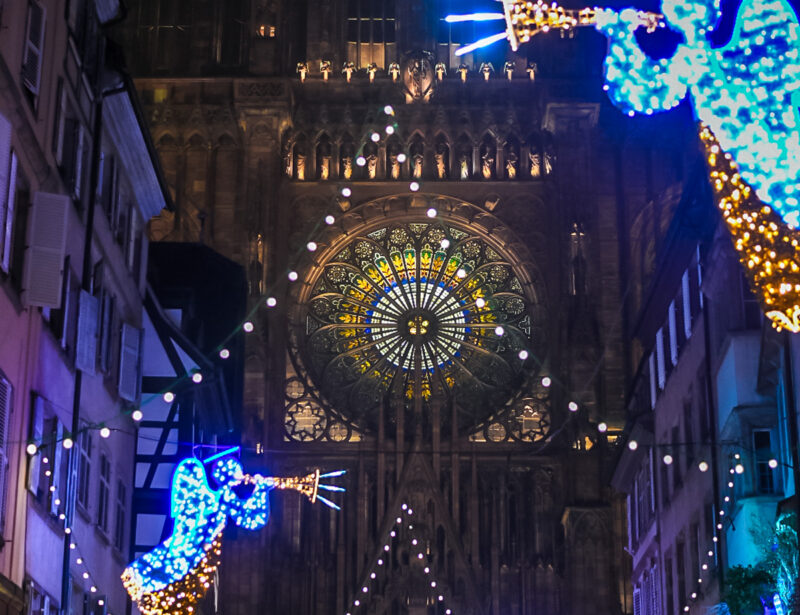
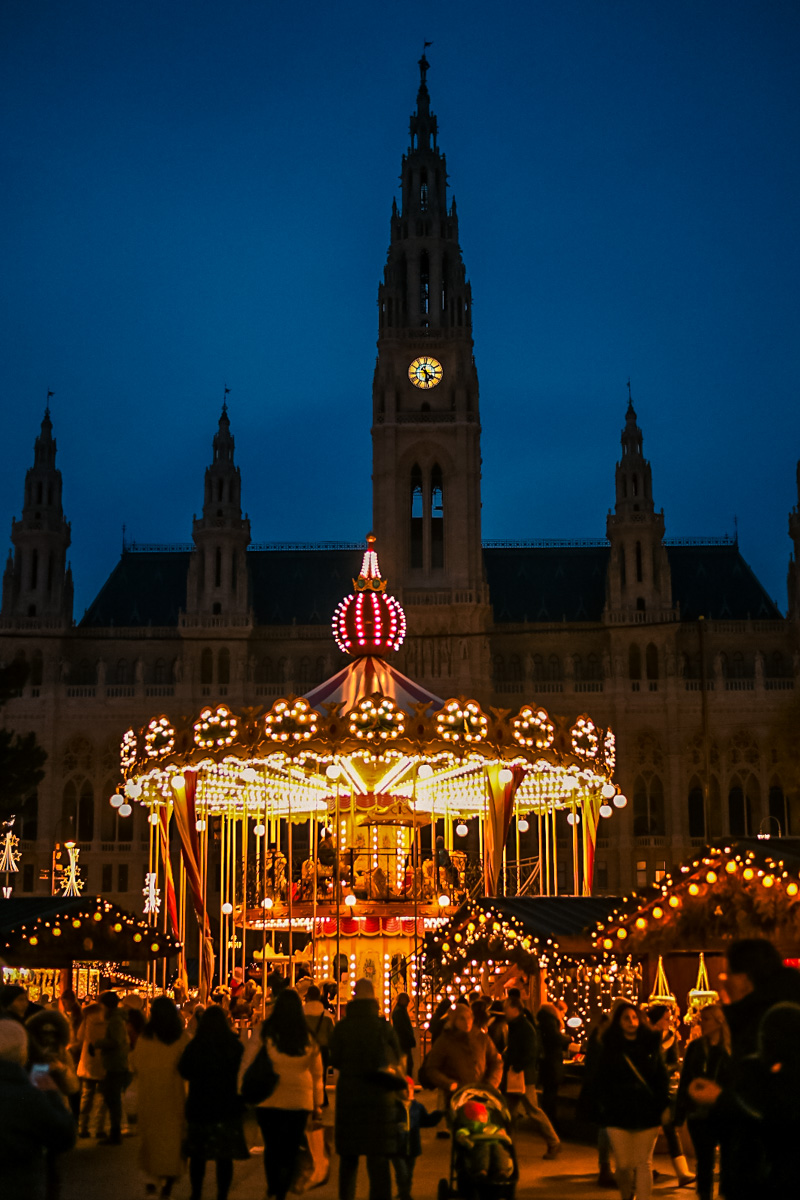
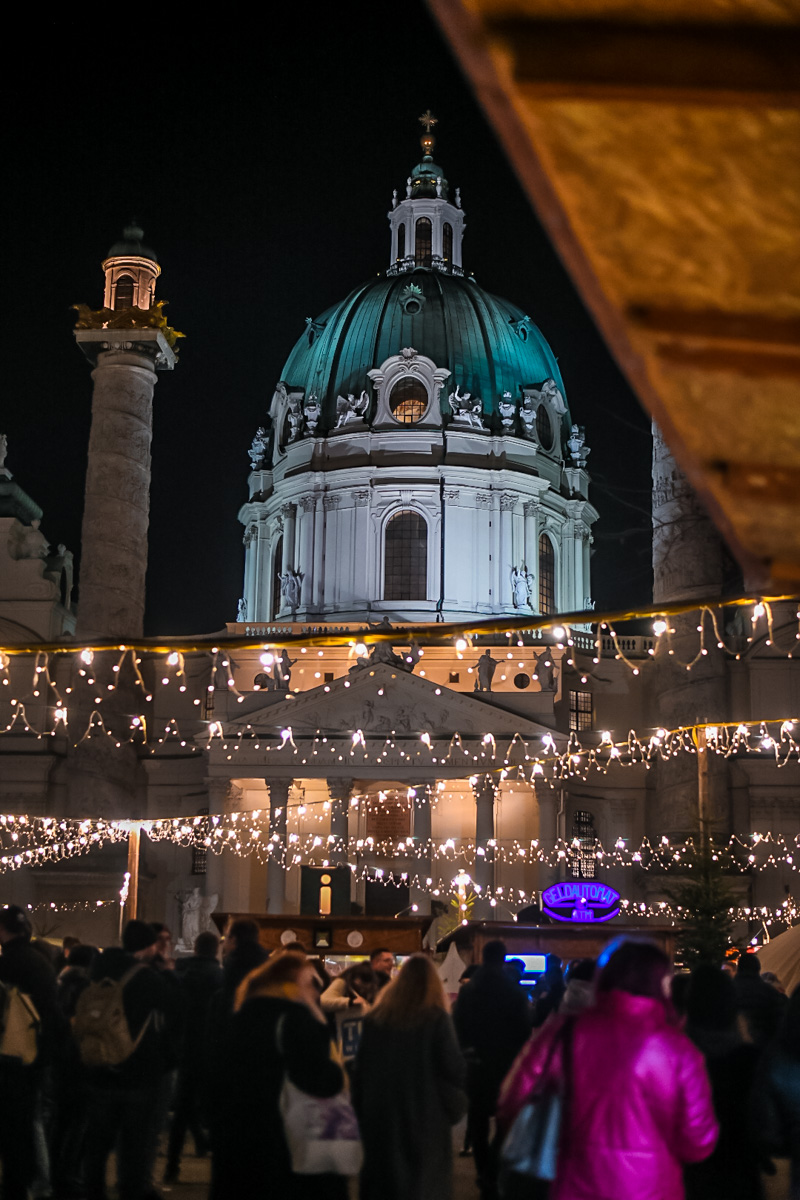
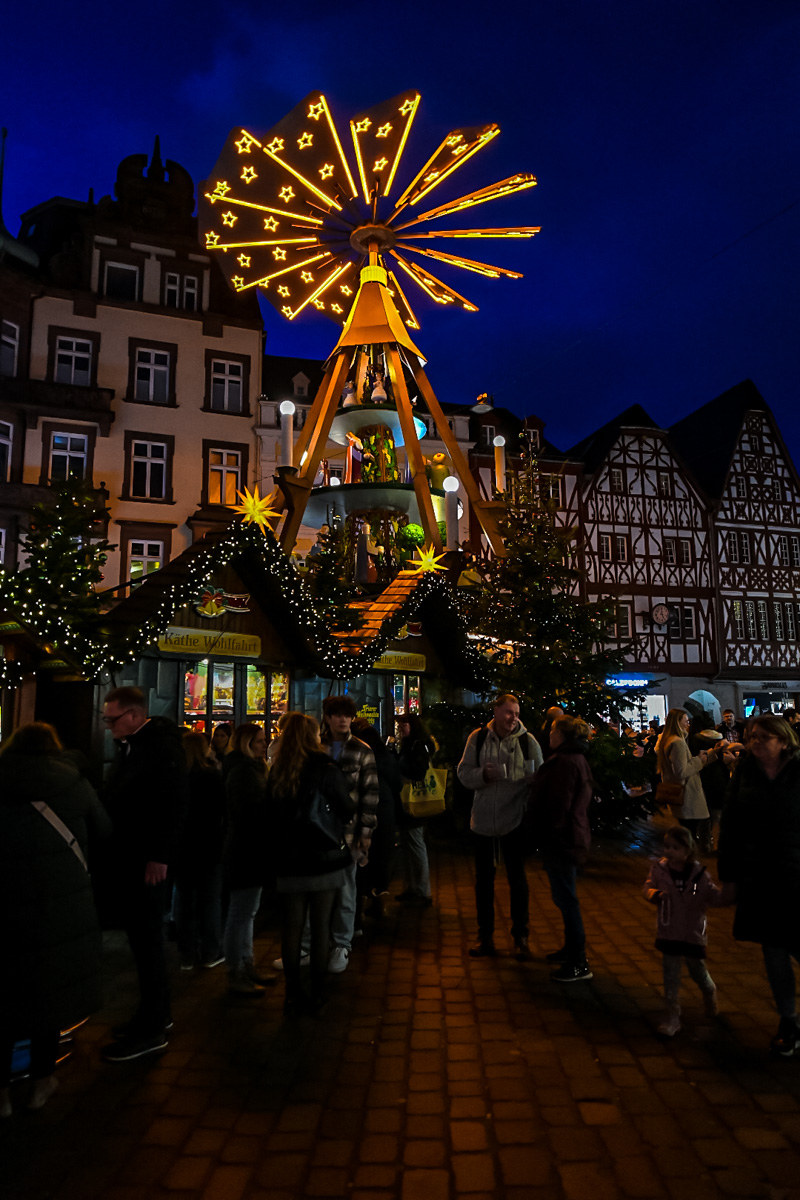

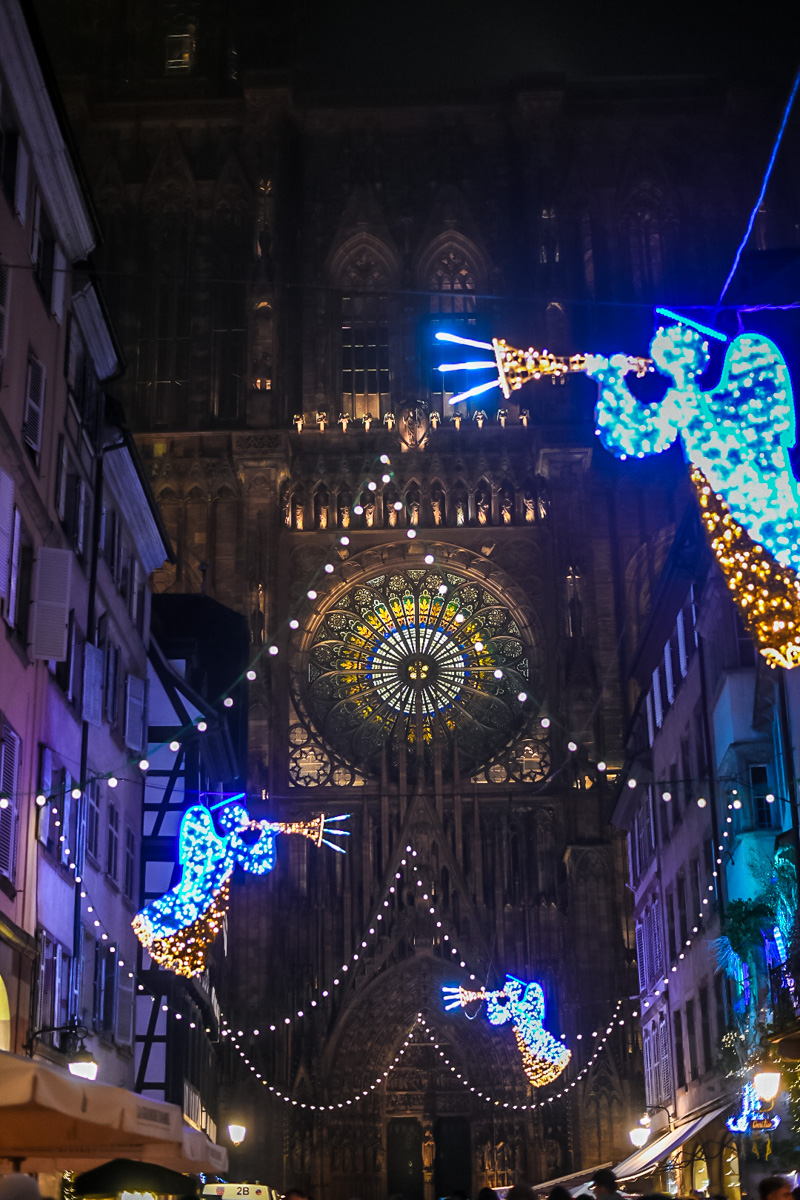
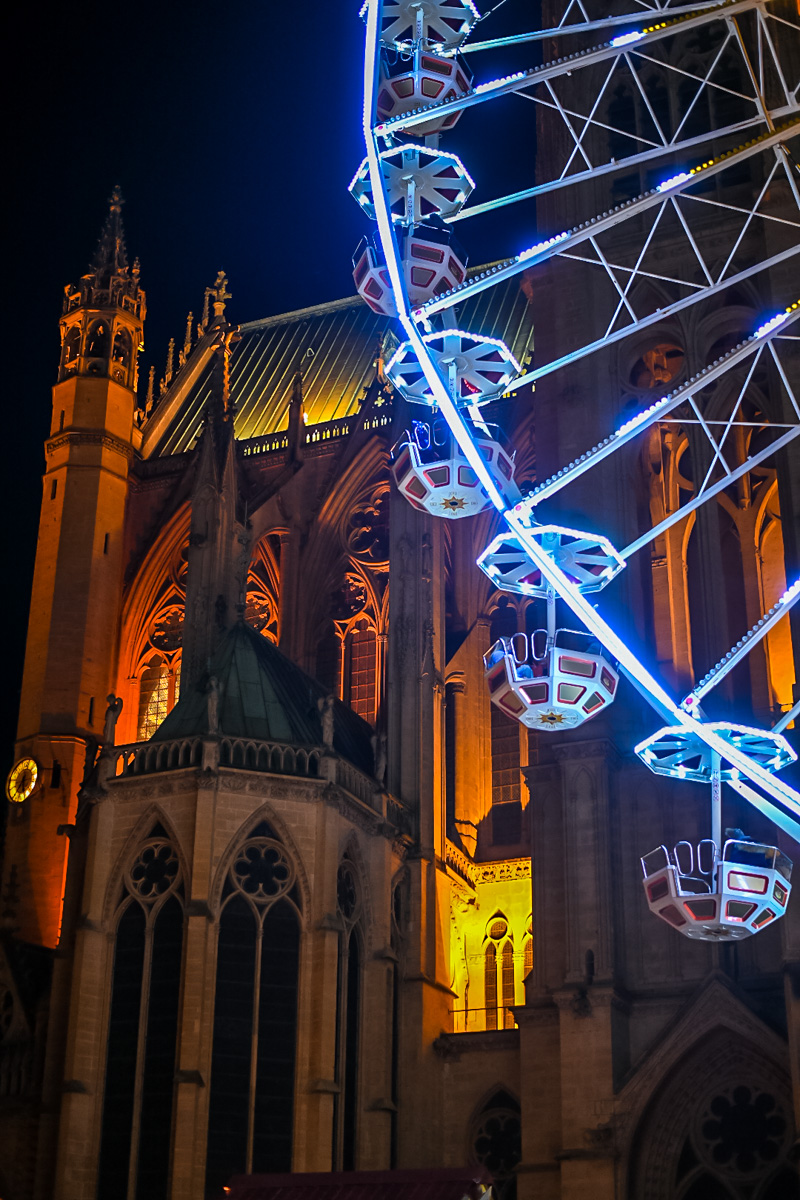
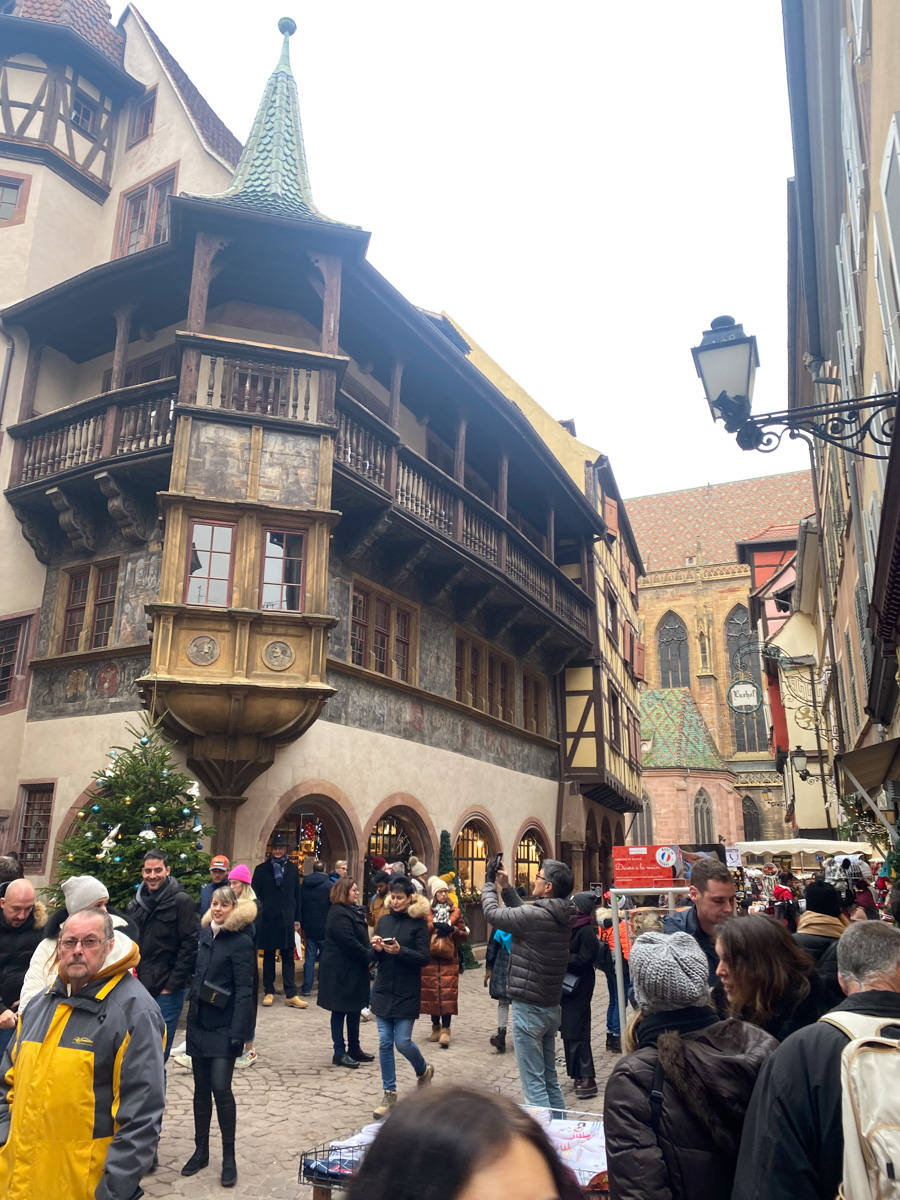
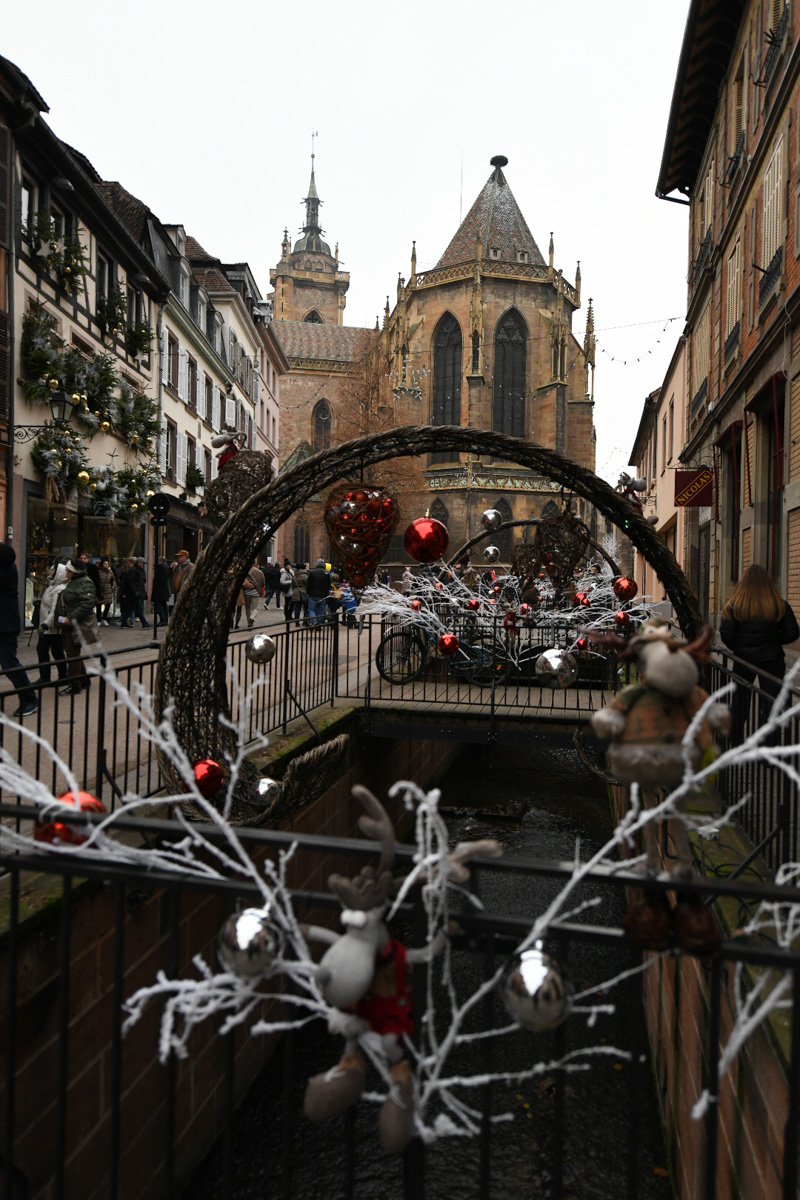
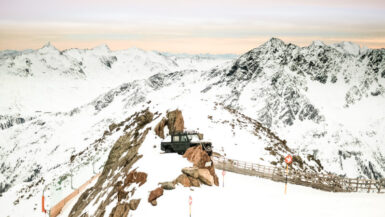


Leave a reply